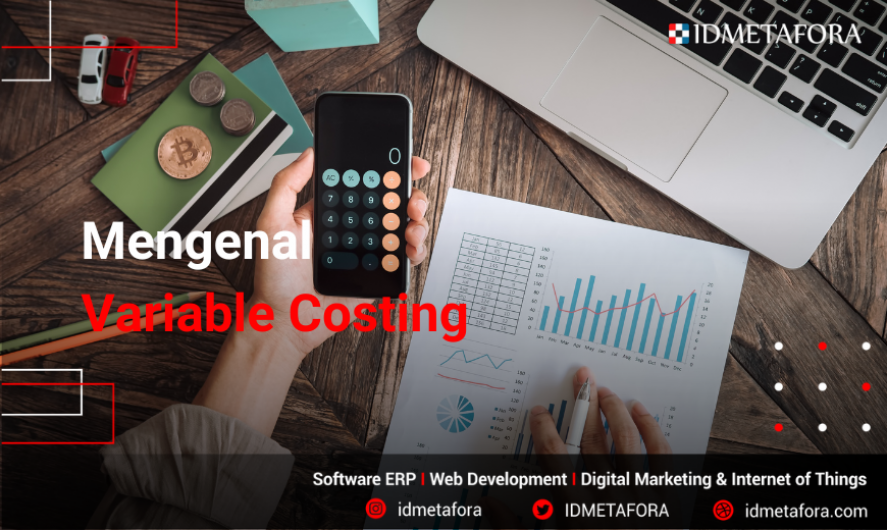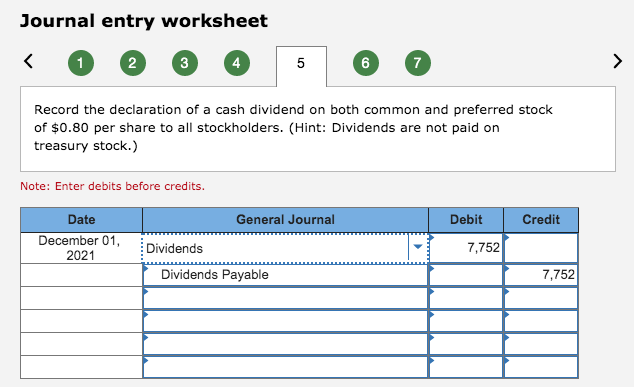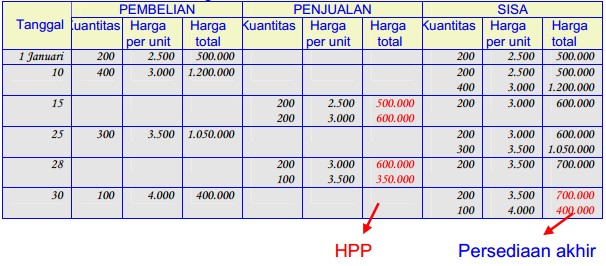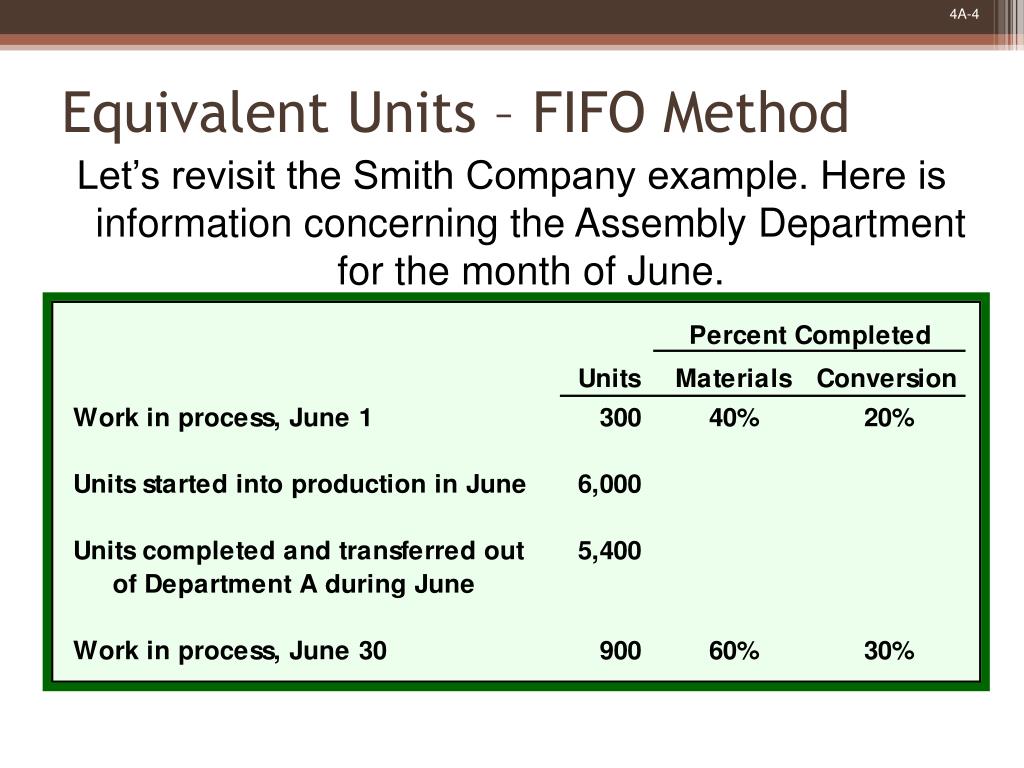
Invoices are easy to create and I can send them to customers by email, but I can also print them if I have customers who prefer paper. Don’t choose a QuickBooks Online plan based solely on the number of users you need. Let’s say you need to track inventory but only need three users, so you chose Essentials because it is limited to three users and is more affordable than Plus. Overall, QuickBooks Online has a lot to offer in terms of features, accounting, and usability.
- If you’ve done several jobs for a client, you can consolidate multiple invoices into one email so they aren’t overloaded with spam.
- We also loved the lack of monthly fees, overdraft fees and monthly minimums.
- Accountants at larger companies might prefer software geared more toward professional accountants.
- QuickBooks Online Plus also allows me to track income and expenses by class and location, as well as create and add custom tags to transactions.
Our QuickBooks Online Mobile App Video

Again, this is cheaper than QuickBooks but QuickBooks does offer a lot in terms of its features. QuickBooks offers four different pricing plans while Wave only offers two. Depending on how qbo login overwhelmed you get from sorting through different plans and price tiers, Wave’s relative simplicity could be a benefit. The inventory management and job costing features are more robust in QuickBooks compared to QuickBooks Online.
- There are custom options too, so for example it is possible to purchase QuickBooks Online, Payroll and Setup together.
- The only time I had to zoom in was on the payroll details page, but that’s a massive table.
- QuickBooks Desktop Enterprise is for large companies that prefer on-premise accounting software and have the IT team to maintain it.
- Personalize templates with business logos and colors, set up recurring invoices, automatically add billable hours with time tracking, receive notifications, and automatically match payments to invoices.
- Review your other options by checking out our review of the year’s best accounting software for small businesses.
- I can easily view vendors, unpaid bills, unpaid bills summarized by vendor, and a list of transactions by vendor.
Is QuickBooks Payments Right for You or Your Business?

With your subscription, you get unlimited monthly cloud storage—something both Quicken and QuickBooks Premier don’t offer. This means you can access documents anywhere, anytime—not just from the one computer you have your accounting software installed on. QuickBooks is the only accounting program we’ve encountered that offers its own business banking accounts. We were especially drawn to this feature because it’s a major benefit for your cash storage and transactions to be part of your finance management software. We also loved the lack of monthly fees, overdraft fees and monthly minimums.
Key QuickBooks Online drawbacks

The company posts information about new features and software updates each month on its blog, along with articles of interest to small business owners. QuickBooks has both an online version and a desktop version, and there are pros and cons for each. The least expensive desktop version (QuickBooks Desktop Pro Plus), is an application that you download on your computer and costs $549.99 per year. For some plans, this adjusting entries price works out to be more affordable in the long term.
QuickBooks Online VS FreshBooks
- You can also have vendors email receipts directly to QuickBooks, and these will be transformed into bills in your books.
- QuickBooks Online’s lowest-priced plan starts at $20/month and goes up to $200/month, with a 50% discount for the first three months.
- In addition, QuickBooks offers mobile payment services with its GoPayment product and point of sale packages too, both of which are also useful for business users.
- QuickBooks’s accounting software starts at $15 a month for freelancers and $30 a month for self-employed business owners.
- However, if you want extra assistance, Intuit’s professional bookkeepers can help you configure the software in a way that makes sense for your business.
- This allows more users (up to 25) and increases analytics for users to assess the business’s health.
- A Premier Plus plan with access for just one user, for example, would cost $799 per year.
Xero, on the other hand, is much easier on the wallet — its basic plan (Early) costs just $15 per month. Xero also offers a discount that brings the monthly price of that plan down to just $0.75 per month for the first three months. Of course, more advanced features are available with higher-cost tiers.
QuickBooks Online also shines when it comes to report generation, outperforming many competitors. The software boasts multiple built-in reports, including aged receivable reports, general ledger reports, profit-and-loss statements, balance sheets, and trial balance reports. During our test, we liked that you can set frequently used reports as favorites to make them easy to find. The software can also automatically run reports and https://www.bookstime.com/ email them to you on a schedule you create. Creating professional invoices could be the difference between your business getting paid and your invoice being ignored.
















